|
Back by popular demand, the triple engine Stieger
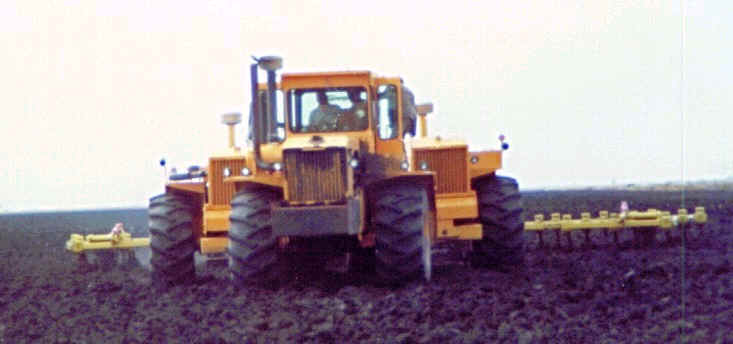
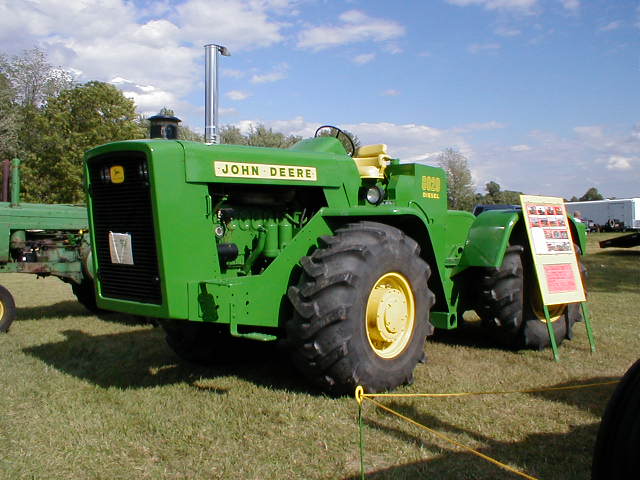
John Deere Four Wheel Drives
Ok, John Deere lovers, finally got around to finding some neat John Deere four bys.
The John Deere 8020 was the second model of four wheel drive to be produced by Deere. It was powered by a six cylinder
Detroit diesel, had air brakes, and somewhere in the vicinity of 130 hp. Unfortunately the 8010 and 8020's were flops for
both mechanical reasons and being ahead of the times. Down below is what followed next. The bottom is a picture of a
WA-14 manufactured by the Wagner FWD tractor company located in Oregon. They made two models, WA 14 and WA 17 for Deere. This
line was what they were using to supply the market when they figured out the 8010 and 8020 were not big sellers. However they
needed a tractor to fill that market niche. Stieger was building machines for a variety of manufacturers, Allis Chalmers,
IH, and Ford. From what I gatherd Wagner built these for a couple of years until Deere came up with their own design and model.
Apparently there were less than 250 of these tractors being produced. Not many survived time. At the time they came out, crawlers
still dominated the upper end horsepower market. However, these models gave John Deere a grasp of how to build and market
a four wheel drive. Following the Wagners, the next Deere built tractor was the 7020 followed by the 7520.
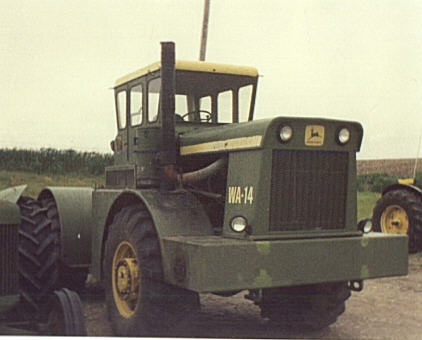
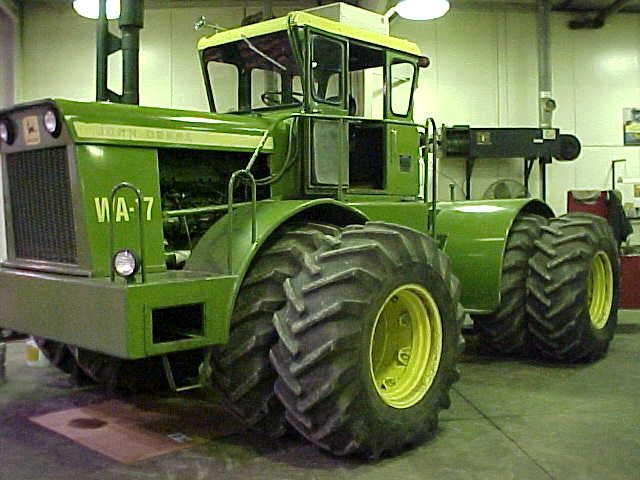
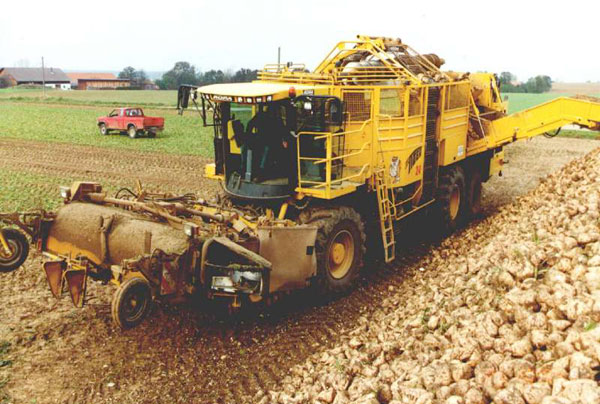
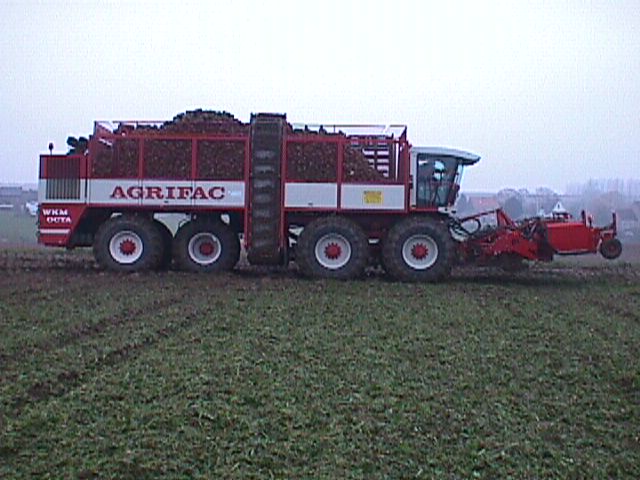
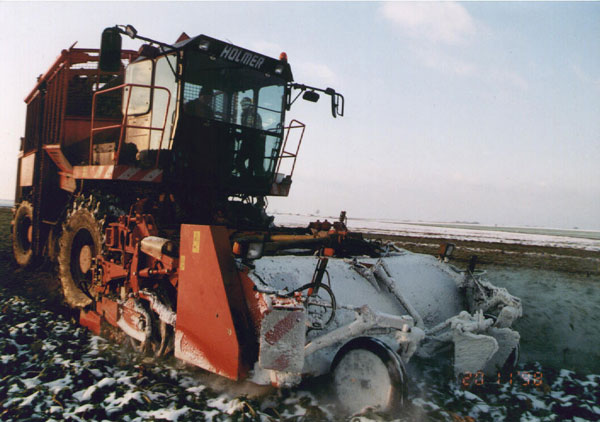
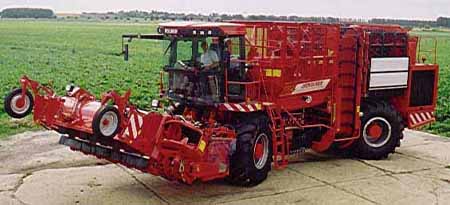
The pictures above show sugar beet harvesters. Until the last ten years or so, the beet harvest was done with pull type machines.
Before the crop can be harvested, the green tops must be removed by a machine called a defoliator. It looks similar to a
stalk shreder. The self-propelled craze took hold in Europe and eventually came to America. I cannot tell you the brand,
make, or model designations of these machines pictured. Maybe someone can give some guidance. Photos courtesey of Toy Tractor
Show.Com
| Edmund Fitzgerald |
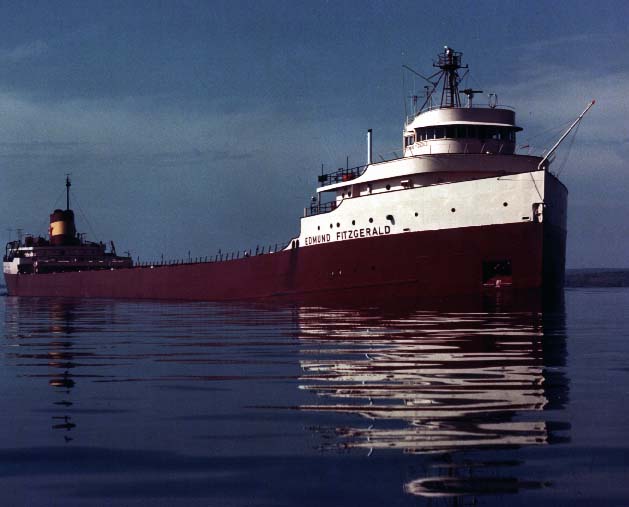
|
| Dissapeared in an early winter storm on the great lakes |
Gordon Lightfoot made this ship famous by his song but the sad thing is it was based 100% on truth. Nobody knows
how it happened but at somepoint along the journey to Whitefish Bay for protection the ore frieghter sunk. Some think
the hatches may not have been secure thus allowing the cargo hold to swamp, but others think it may have been one of two scenarios.
The first was the waves on lake that night were strong and long, as long as the ship and by coincidence it happened to be
that the head house was on the bottom side and the stern was on the crest, thus allowing it to be at nearly a 90 degree angle
and plumet to the bottom. The other theory is the frieghter was caught between two waves and the center section was
over 20 feet from the water surface and snapped in two. Back in 1996 a dive team was sent down to recover the ship's
bell and they did discover the ship did break in two but only the crew knows how it happened.
|
